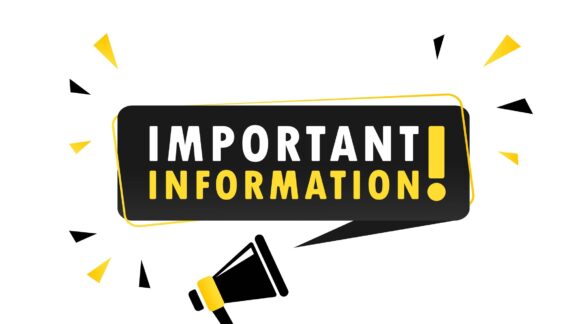Regulatory reform in the 118th Congress: The POST IT Act

Photo Credit: Getty
When navigating federal regulations, small businesses frequently encounter challenges in understanding and adhering to them. This lack of clarity poses significant hurdles for both new and established businesses, impeding their ability to efficiently locate, comprehend, and comply with these regulations. These businesses often find themselves unable to afford legal expertise or compliance officers to ensure adherence to the myriad of decrees outlined in the Code of Federal Regulations.
Recognizing this challenge, Rep. Marc Molinaro (R-NY) introduced the Providing Opportunities to Show Transparency via Information Technology Act (POST IT Act). The legislation, which passed the House in a bipartisan vote November of last year, mandates that agencies publish follow-up guidance subsequent to issuing a rule anticipated to affect small businesses.
This bill is significant as it requires the publication of guidance documents on the Small Business Administration’s (SBA) National Ombudsman website. Currently, there is no centralized platform for the public to access these documents and other essential forms of regulation Therefore, there is often confusion about regulations and how they are enforced.
Cataloguing and keeping all regulations and guidances in one easy-to-access place makes it easier for small business owners to understand and follow the rules and ultimately for their businesses to operate without the threat of undue federal scrutiny.
In 2019, President Trump established a similar portal for these documents. However, President Biden revoked this initiative through an executive order on his first day in office. The POST IT Act is a thoroughly bipartisan bill. It had two original Democratic cosponsors before it passed the House by voice vote.
The measure would help build on a similar regulatory reform bill that was passed in 1996 known as the Small Business Regulatory Enforcement Fairness Act (SBREFA). SBREFA helped modernize the regulatory process and ease regulatory burdens, but itself is in need of a modernization to bring it into the 21st century. Legislative updates to SBREFA are necessary to further reinforce regulatory fairness for small businesses and promote better transparency.
Defining small business as “an independent business having fewer than 500 employees,” the SBA reveals that 33 million businesses qualify as small businesses – making up 99.9% of all US businesses. This not only reflects the dominance of small enterprises but also shows their significant role in generating employment and contributing to the economic stability of our nation.
Given the importance of small businesses in the economy, the federal government should tread lightly and its regulations in this space should not be burdensome. So long as the regulatory state exists, better transparency and disclosure of regulatory expectations is a must to help ensure compliance. Avoiding conflict with federal authorities and navigating regulatory enforcement challenges are paramount concerns. Therefore, transparency remains an essential component of effective governance.